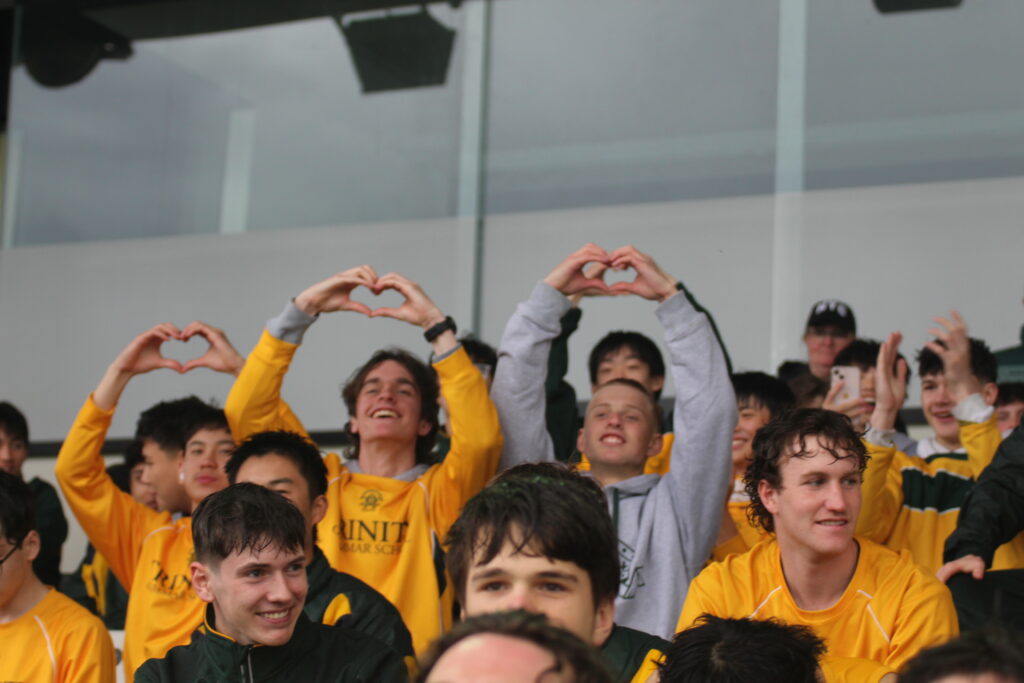- Summer 2024
- |
- Creative expression in our youngest learners
Creative expression in our youngest learners
Naomi Wright, Director of the Murray E Verso Centre for Early Childhood Learning
![IMG_2692[1]](https://grammarian.trinity.vic.edu.au/wp-content/uploads/2024/12/IMG_26921-scaled-e1733791964180.jpg)
Creative art experiences such as drawing, painting, clay and wire sculpture, dancing, and music, play a significant role in the development of young children. They provide a unique avenue for children to express themselves, explore their world, and learn valuable life skills.
As our learners experience new art materials or techniques, there is unhurried time for them to simply explore the possibilities and elements of each material. Children have the right to learn in diverse, rich and deeply meaningful ways; allowing them time to explore the visual arts to support making their thinking visible and communicate what they know, understand, wonder about, question, feel and imagine.
Some of the most effective means that our learners have for explaining things to themselves and others are drawing, painting and clay work. While using them to make images and form ideas, they explore feelings and ideas. Our educators’ presence in the space creates a support for children to sustain their interaction of the materials on offer, guiding and supporting, questioning and challenging them or giving them space and unhurried time to develop an understanding of the world around them.


The creative arts serve as a powerful platform for young children to learn and develop. They foster self-expression, cognitive and motor skill development, and social growth, while also nurturing creativity and emotional intelligence.
Encouraging children to engage in creative arts experiences from a young age can have a profound impact on their overall development and future success.
As children see their creations take form, their confidence and self-esteem grow. This self-assuredness can extend to other areas of their lives.























